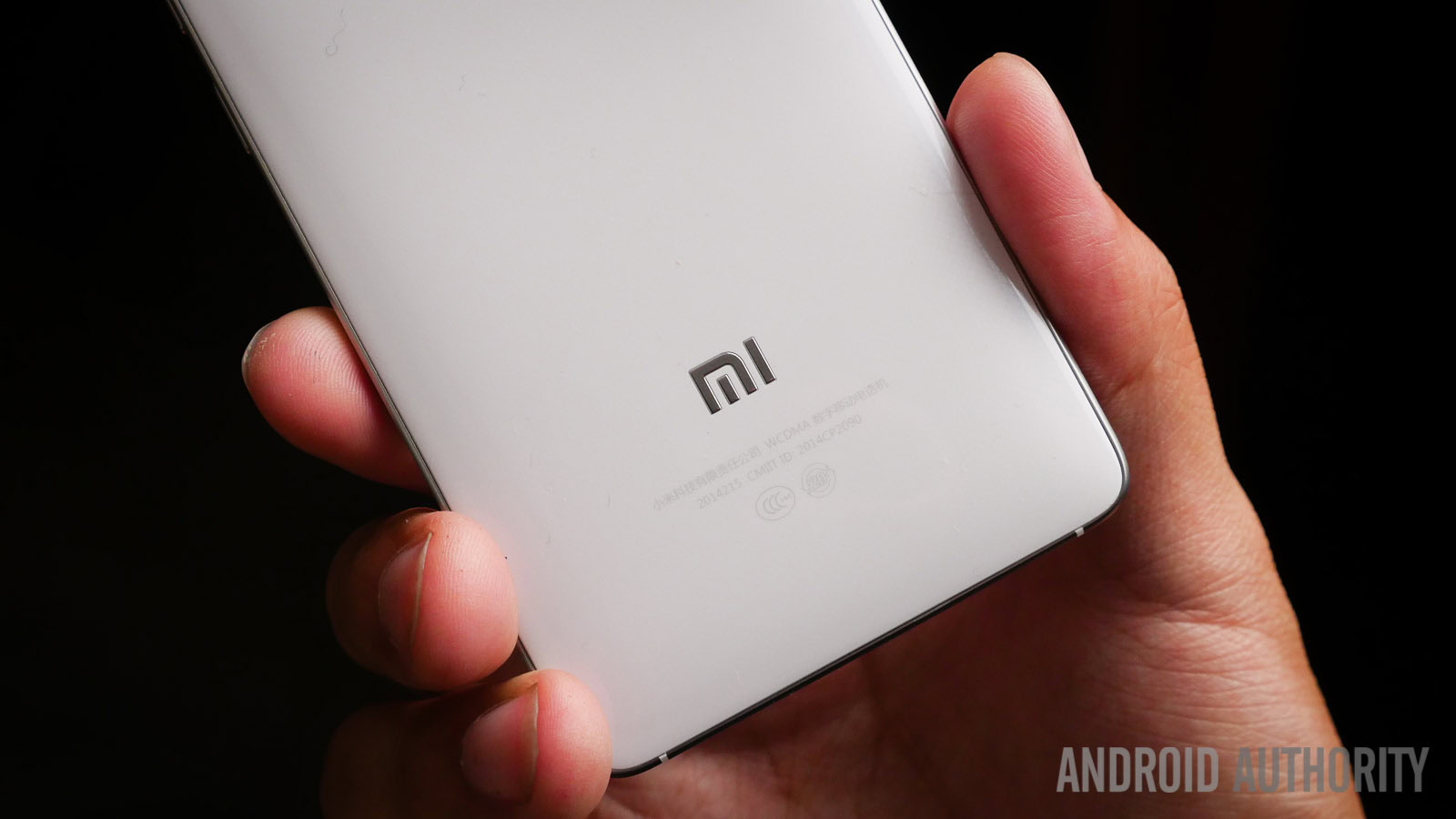Affiliate links on Android Authority may earn us a commission. Learn more.
A small portfolio and long product cycles help Xiaomi keeps costs low
January 19, 2015

Xiaomi’s product line-up is looking rather good these days, especially with those very reasonable price tags attached. Despite shifting over 60 million smartphones this year, the question of the company’s profitability keeps cropping up. Speaking in a recent interview, Xiaomi VP Hugo Barra talked extensively to clear up and confusion about exactly how the business model works.
Xiaomi’s key to keeping costs low and profits up comes from a combination of a small portfolio, long term component contracts and an average selling time well above the competition. Even its older smartphones continue to retail at discount prices long after new products are released. Combined with savings from a online-only retail scheme, Xiaomi stands to save considerable amounts when compared with its competitors, allowing it to sell its wares at lower prices.
“The more focused the portfolio, the more efficient we can be at managing those costs”
Xiaomi’s products tend to remain available for purchase for around 18 to 24 months and go through three or four price cuts before being removed from sale. For example, the Mi2 and Mi2S were on sale for around 26 months. The original RedMi 1 launched all the way back in September 2013 and has only just been succeeded by the RedMi 2. Similarly, long term use of similar components across devices has helped Xiaomi negotiate discounts over time, further reducing long term costs.
“The vast majority of the components [in our devices] are still the same, so in terms of supply chain and component sourcing, we’re on the same supply contracts as Redmi 1, which means we’re still getting the same discounts on components,”
This lean, focused product portfolio doesn’t just help Xiaomi benefit from reduced components costs, it also allows the company to more easily maintain software support for its hardware. While other companies, notably Samsung, can only reasonably offer a few updates for their broad range of devices, Xiaomi can save money on and offer better support for its smaller selection.
Looking forward, Xiaomi is continuing with the same strategy as it moves into new markets, such as India. However, the company is also looking into operator partnerships and is currently running a trial with Airtel in India, as well as talking to partners in Taiwan, Malaysia and Singapore. This could see the company’s already inexpensive handsets arrive under new subsidized schemes in certain markets in the future.
2015 is sure to test Xiaomi’s golden formula as the company seeks to expand further across Asia and beyond.
Thank you for being part of our community. Read our Comment Policy before posting.